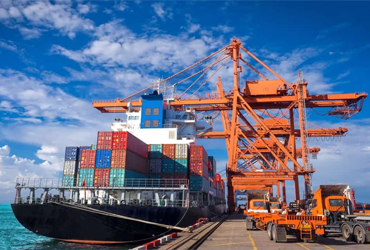about Port Transportation
A tailored payments solution for the Ports Community
e-onepay is an online payment system for paying freight and storage invoices. Developed with an understanding of the specific needs of the Ports Community, it offers savings in both time and money while reducing risk of delays or errors.A no-fee, mobile-based solution that eliminates physical branches, checks and much of the friction that is part of a traditional bank offering. Originally introduced as a prepaid debit card account.
1. Immediate payment notification after authorization, allowing faster release of freight.
2. Next day settlement for debit payments from the point of authorisation.
3. Eliminate cheque transactions, third party handling and bank fees.
4. Easy reconciliation and management of payment process, reducing admin resources.
Register with eonepay to enjoy the benefits
Connecting to business partners through eonepay delivers a range of mutual benefits and convenience:- • Make payments to each other simply by selecting the payee code or name.
- • Automate reporting to reconcile payments.
- • Administrators can set daily limits and have double authorization for larger payments.
Developed the Freight Accounts Settlement System
with the objective of simplifying the settling of accounts between cargo intermediaries and Shipping lines, thus reducing costs while at the same time providing enhanced services to Agent and Shipping line alike.There are major benefits from the introduction and use of Settlement Systems, including:
- • Significantly improved cash flows;
- • Better financial controls and reduced exposure to losses from agency failures;
- • Reduced distribution costs;
- • Reduced line accounting and administration costs;
- • Improved access to markets and better sales potential in foreign countries;
- • Better sales and marketing intelligence;
- • More targeted sales efforts;
- • Improved waybill data quality and availability;
- • Neutral and impartial management;
- • Simplified and more integrated systems interfaces;
- • Standardised systems and data files;
- •Facilitates the introduction of new technologies;
- • Elimination of duplication of data entry;
- •Centralisation of error handling.

